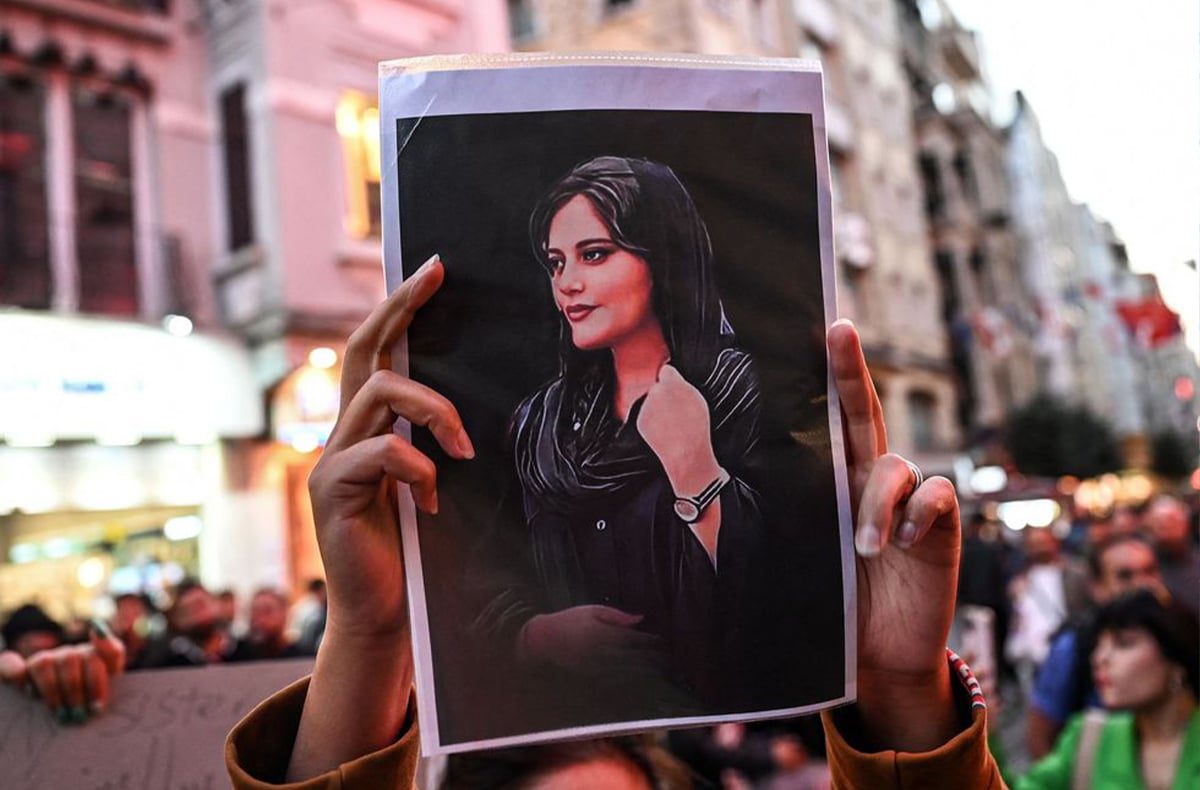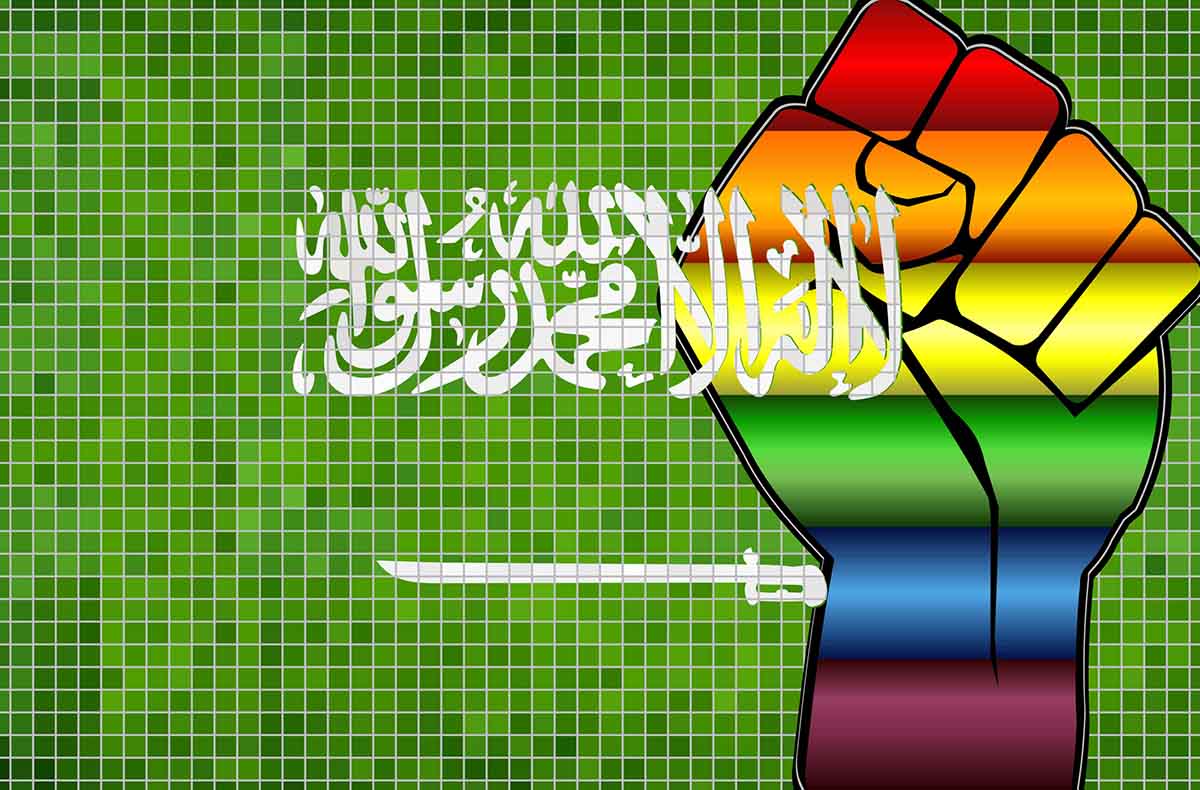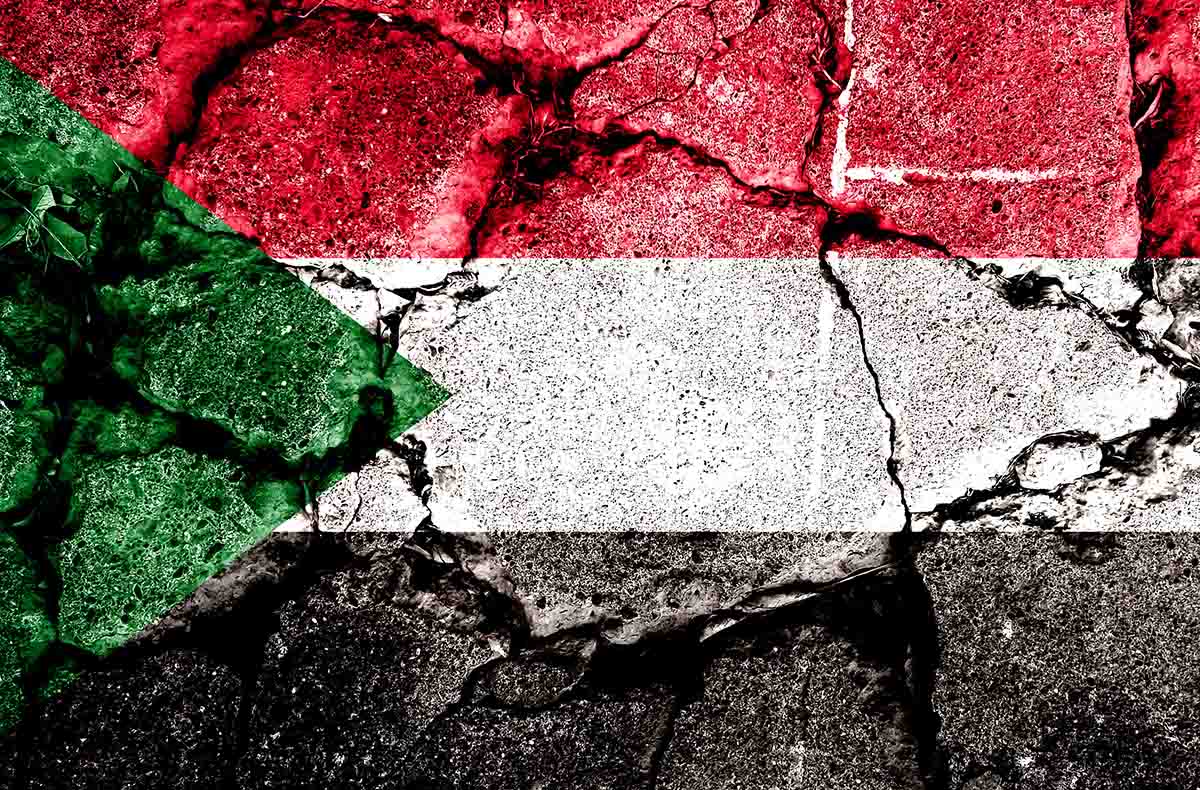
At least 76 people have been killed in Iran since 16 September in protests over the killing of Mahsa Amini at the hands of the police. The death of Amini, who was taken into custody by Iran’s morality police over wearing the hijab “improperly,” has instigated nationwide anti-hijab protests with scores of Iranian women burning the Islamic headscarves. The hijab is mandated for women by the Iranian regime, which is using an antediluvian ideology, and modern technology, to crack down on “immodesty,” as President Ebrahim Raisi vows to deal with the demonstrators “decisively.”
A culture of protests against totalitarian excesses, in what is today the “Islamic Republic of Iran,” is centuries old. The Tobacco Protest of 1891-92 against Nasir al-Din Shah’s facilitation of British monopoly over tobacco is the first notable instance of mass mobilisation against the erstwhile Persian regime in more recent times. Two decades later, the Constitutional Revolution founded the first parliament in Iranian history, eventually paving the way for the demise of Persian monarchy.
Indeed, the 1979 Iranian Revolution replaced the monarchical autocracy with Islamic theocracy, not only instigating a jihadist Sunni-Shia power struggle in the Muslim world, but also completing a radical Islamist takeover of the Iranian society. Since then protests over a whole host of issues, from freedom of speech to electoral transparency to better water supplies, have erupted across Iran intermittently. The last five years have seen persistent demonstrations against the regime’s ill-governance, from the administrative to the economic.
The ongoing protests in the aftermath of Mahsa Amini’s death have taken a similarly evolutionary path, with demonstrations growing from condemnation of the killing, to mass burning of hijabs, to demands for the dismantling of the morality police, to a struggle to put an end to Islamic clerical rule itself.
Despite facing the largest protests in years, the Iranian regime has responded as it customarily does through the use of autocratic suppression and state violence amid internet shutdowns and government sponsored marches encouraging execution of nationwide protesters. As is the norm, those demanding fundamental human rights in Iran have been dubbed “anti-Iran” and “anti-Islam” by the regime in Tehran, even when those leading the demonstrations are Iranian Muslim women.
Given the land’s strategic significance in human history, dissent in modern day Iran has always carried geopolitical significance for powers elsewhere, as today underlined by swift US sanctions on the Iranian morality police and vocal American condemnations. Of course, the 19th-century Tobacco Protest too was pushed by the Russian Empire seeking to counter British economic gains at a time many Iranians were looking towards the West to inspire indigenous constitutional reforms at the turn of the 20th century.
In 21st-century Iran, however, where anti-American animosity has risen in synchrony with hostile US policy towards the country, the Islamic Republic finds it easy to peddle anti-government demonstrations as a “Western agenda.” This is often dutifully lapped up by those ideologues for whom imperialism begins and ends with the West; for whom Iran’s imperialistic manœuvres in the Middle East and its perpetuation of a totalitarian Islamic ideology on its own people are mere footnotes in global “anti-colonial” narratives.
These ideologues, and indeed Islamic regimes such as Iran’s, are also abetted by the silence of those fighting for Western secular states to make exceptions for Islamic modesty codes for whom Muslim women, victimised by Islamist misogyny, are not as worthy of having their voice echoed as the women being targeted by other shades of patriarchy.
Unfortunately, these battlefields of global narratives are minefields riddled with explosive distractions from simple realities.
For Iranian women, this simply means the struggle to enjoy the freedoms that others around the world take for granted. It means to call out sexism as it is, even if it emanates from Islamic scriptures, even more so when the brand of misogyny under Islamic regimes is far gorier than the anti-women renditions in most other parts of the world. This is especially true in the West, where a misplaced word might receive prodigiously higher decibels of uproar, and be deemed synonymous with violence, more so than a woman being killed for showing a few centimetres of hair.
Regardless of how the protests are painted to shield Islamic sexism and totalitarianism, women are leading the fight for Iranians to make their choices, from the personal to the electoral. Given the Iranian regime’s legitimacy, and the ensuing skewing of political power and economic disparity, being rooted in Islamic hegemony, the success of protesting chants would mean sounding the death knell for Islamic theocracy.
Even if this particular instance does not end up being the moment, the undoing of Islamist inertia and erasure of an array of sharia codes across the Muslim world—from officially secular states to theocratic regimes—is inevitable.



